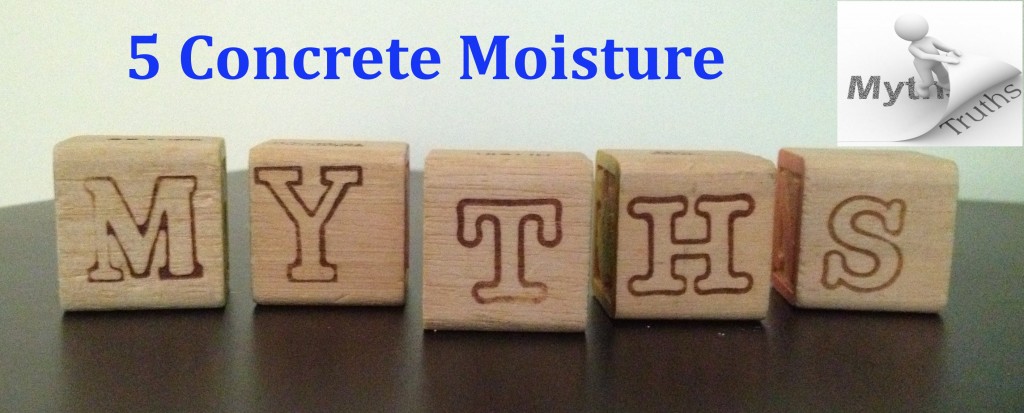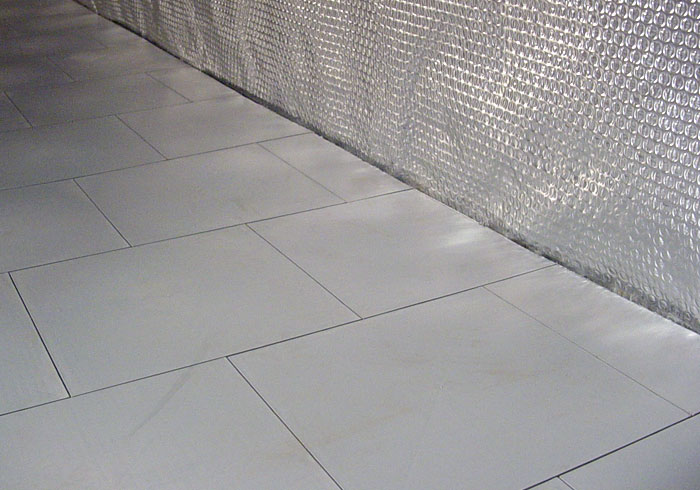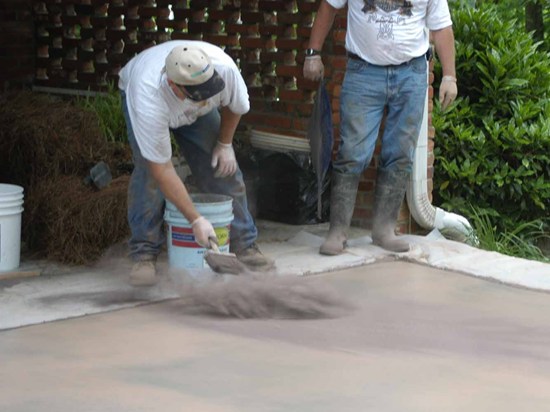
Concrete is very durable material in the construction industry. It needs very specific water content for few hours to set uniformly. Beside this, people are bit confused about facts and features of concrete and it led to lot of damage to household. There are some myths related to concrete moisture, and it’s essential to know them for trouble free construction work.
Let’s Take A Quick Look At Few Myths:
MYTH#1: Dry Surface Makes the Slab Dryer

Usually the slab becomes dry from one side; the surface is the only exit way for the moisture in a drying concrete slab. As soon as moisture evaporates away from surface, more moisture moves up through the slab. So, it appears to be reasonable that if surface is dry, it is taken as a sign that there is no more excess moisture in the concrete. But, it has been verified a number of times that surface of the slab can’t serve as an accurate indicator of overall moisture levels.
There are number of variables that can affect the drying rate of a concrete slab-air movement:
- Ambient Temperature
- Relative Humidity
- Troweling Techniques
Relative Humidity Testing is the only accurate method to determine dryness of the slab.
MYTH #2: The Slab is Not On-Grade & So There is No Need To Do Moisture Testing
All Concrete is affected by ambient conditions and all concrete is vulnerable to moisture related issues if not tested before next step of construction begins.
There are basically two differences for concrete slabs not On-grade:
- Slabs On-grade consists of only one surface through which moisture can pass or exit.
Slabs not On-Grade consist of two surfaces from which moisture can move out of the slab. It becomes clear slabs not On-grade include two surfaces that can absorb moisture from moist surroundings or outer source of moisture.
Hence, correct test method needs to do moisture testing for both, slabs on grade and slabs not on grade.
- For RH (Relative Humidity) Testing
For slabs poured on grade, 40% is the correct test hole depth. For slabs with two surfaces exposed to ambient conditions, correct test hole depth is 20% of the slab’s thickness.
MYTH #3.Test Hole Depth is Approximate
RH testing determines the moisture level of concrete slab, after floor covering is applied. Moisture level inside the slab tends to be higher at the bottom of the slab and disperse evenly once it is sealed using floor covering technique. RH test drilled to correct depth provides accurate results that state accurate moisture condition in the slab and it verifies that Test hole needs to be accurate.
MYTH #4. Concrete Additives Don’t Impact Drying Time
Some concrete admixtures tend to affect the drying time. Superplasticizers compounds like lignosulfonate and polymer compounds tend to reduce the moisture content in concrete slabs. Each class of admixture tends to change the features of concrete batch and affect the drying time of the concrete.
MYTH #5. Dust on Job Site Doesn’t Affect RH Testing

Dust can be seen on a job site involving concrete. It affects the accuracy of RH testing if the test hole is filled up with dust or residue left after drilling process. Excess dust or concrete residue tends to limit the ability of sensors to detect and show correct readings.
Don’t let myths about concrete moisture become costly mistake for you.

Experts at Maple Concrete Pumping are all here to guide you about all that is related to your construction project. If you are looking for best construction services, then Maple is the great solution for your dream project.


